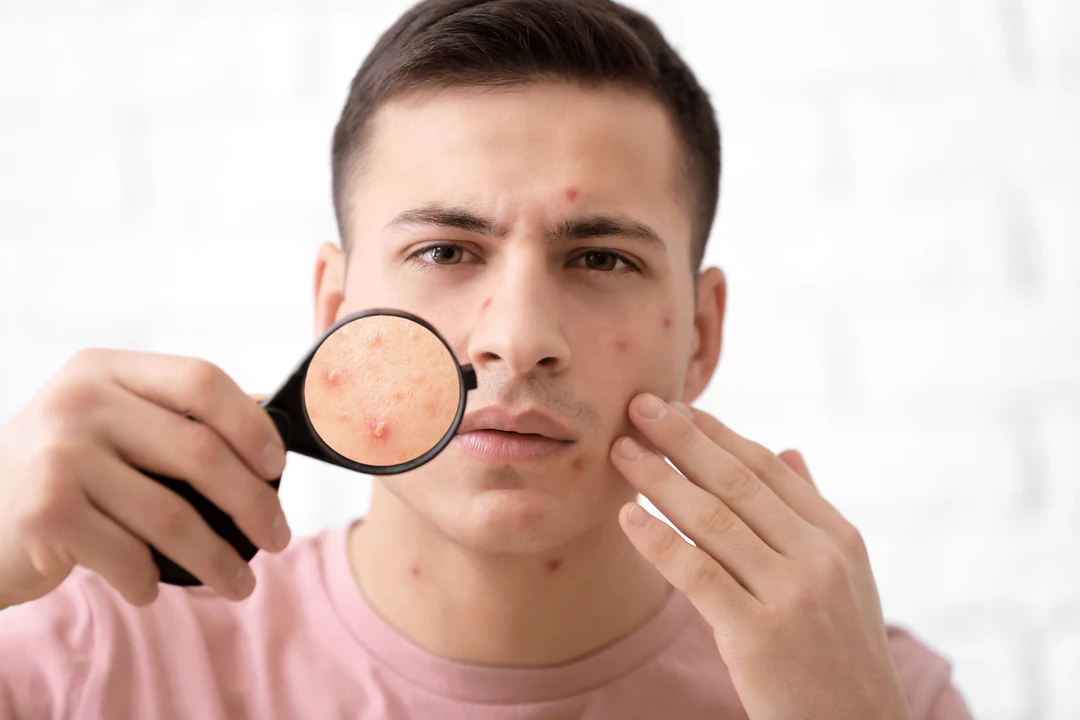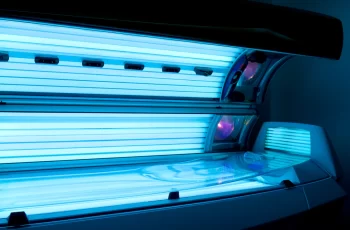
Can Lactic Acid Be Used After Microneedling?
Microneedling and lactic acid, one is a popular treatment and the other is a popular ingredient in skincare. Since both offer impressive results, you wonder how or if you can combine them together. Before we explore this, let’s quickly review what lactic acid is and how microneedling works, hopefully this makes more sense and we can see who’s paying attention!
What is microneedling?
Microneedling uses tiny sterilized needles to stimulate collagen production.
The needles range from 0.5 to 2.5 in diameter and feel like light needles. They don’t penetrate too deep into the surface of the skin.
It can improve the appearance of acne scars and superficial minor wounds.
Reduces the appearance of fine lines and wrinkles while helping to firm the skin.
Targets hyperpigmentation, dark spots, and sun damaged areas.
Can be used all over the body, from skin to scalp to feet.
This minimally invasive treatment dates back to 1995 and has come a long way. With new technology and a ton of new skincare enthusiasts looking for their next therapist.
The results are immediate and will also ensure plumper, more youthful skin in the long term.
What is Lactic Acid?
A chemical peel that belongs to the group of alpha hydroxy acids (AHAs).
Derived from sour milk and developed synthetically for use in skincare.
Has a larger molecular size, which means it cannot penetrate the lower dermis and cause irritation and dryness.
Works on the outer surface, removing dead skin cells, bacteria, dirt and debris that can build up and cause breakouts, making the complexion look dull.
Has hydrating properties, i.e. H. It draws moisture into the skin and locks it into the skin barrier, strengthening it and protecting it from free radicals and other environmental aggressors.
If you want to know more about lactic acid and its benefits for the skin, read our dedicated blog post.
Can lactic acid be used after microneedling?
Not really, while lactic acid is one of the gentlest forms of AHA, it should be applied to the skin after microneedling. This is because exfoliation is one of the main benefits of lactic acid and lactic acid can cause too much irritation. When the tiny needles roll over the skin during the microneedling process, the skin is tricked into thinking that the surface has been damaged, which encourages collagen production. While this can irritate the skin, it also temporarily weakens the HA. Anything you apply to the skin will penetrate deeper into the skin, which can be problematic for products like acids, which can become too strong and cause irritation and other adverse side effects.
When can acids be used after microneedling?
When can acids be used after microneedling?
Chemical peels and similar acids like glycolic and salicylic acid should be avoided for at least 2-3 days during the healing period after a microneedling treatment. This prevents these peels from over-irritating the skin and causing redness, dryness, and irritation. You should also avoid other active ingredients like any form of retinoids, which can cause negative side effects.
However, if the acid you are using is hyaluronic acid, you can apply it to the skin after microneedling is complete. Because even though it is called an acid, HA works differently in that it does not exfoliate the skin. Instead, it is known for its hydrating properties, making it a powerful ingredient as it locks in moisture, encourages collagen production, and moisturizes the skin.
After 2-3 days, you can apply acid to your skin, but I recommend doing this after applying hyaluronic acid to avoid irritation. It’s also very important to wear an SPF 50 sunscreen daily to protect your skin from UV rays.
What not to do after microneedling?
As I mentioned before, you should avoid skin ingredients like retinol, AHA, BHA, and vitamin C after microneedling. You should also avoid anything with a strong scent, as this can cause redness and increased sensitivity.
Many dermatologists recommend waiting at least 48 hours before applying makeup or cleansers to your skin. Before applying active ingredients, especially those as potent as retinol and vitamin C.
If you’re concerned about what to apply to your skin after microneedling, I highly recommend consulting your doctor, dermatologist, or the professional who performed the treatment.
What serum should you use after microneedling?
Hyaluronic acid is the best serum to use after microneedling. As I mentioned before, a clever moisturizer can provide impressive hydration without the increased risk of skin sensitivity and adverse reactions.
Because HA can bind twice its molecular weight of water, the skin is moisturized. The surface of the skin looks plumper and younger after the treatment, while the skin is soothed. After microneedling, the skin is usually tight and dry, which can cause a lot of discomfort and weaken the skin barrier if it is not done. This makes the skin vulnerable to further damage and increases sebum production, which in turn leads to excessive oiliness and negative effects such as frequent breakouts, skin problems, and skin blemishes.
Can Vitamin C be used after microneedling?
No, actually not, because Vitamin C can cause skin irritation after microneedling. You will find that the powerful energy source penetrates too deep into the dermis, causing increased sensitivity, severe dryness, irritation, redness, and a weakened skin barrier. In other words, your skin will become more damaged and existing damage will become worse. Just like the other acids I mentioned, for the best results and no side effects, you should wait 2-3 days after microneedling before using Vitamin C.
If you have any more questions, please feel free to contact us. For more information, visit our Instagram. In the direct message, you will find one of our skin experts who will be happy to help you.


